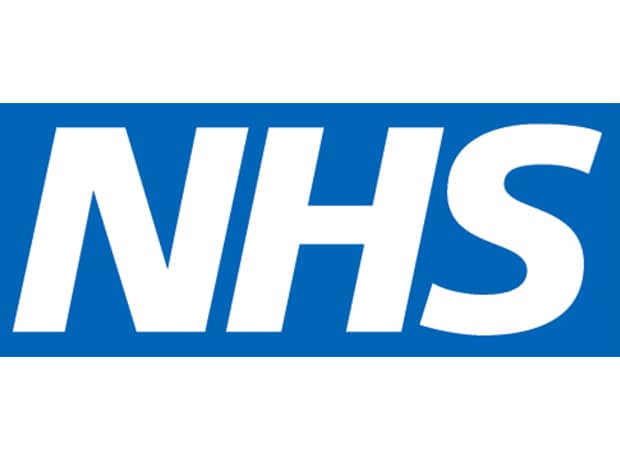Long-awaited details of the NHS Long Term Plan – which is to be funded by a government investment of £20.5 billion a year in real terms by 2023/24 and aims to transform patient care while spending tax payers’ money more efficiently – have now been unveiled.
The plan continues the recent NHS trend of focusing on prevention and early detection, by detailing that the biggest cash injections will go to GPs, mental health and community care, increasing funding for primary and community care by at least £4.5 billion and aiming to curb the reliance on hospitals.
The self proclaimed “ambitious improvements” include plans such as making better use of data and digital technology, by providing more convenient access to services and health information for patients, with the new NHS App as a digital ‘front door’.
The investments also aim to reduce stillbirths and mother and child deaths during birth by 50%, whilst preventing 150,000 heart attacks, strokes and dementia cases and saving 55,000 more lives a year by diagnosing more cancers early.
The total amount of lives saved by the combined proposals aim to amount to as many as 500,000.
“It’s good to have a plan which sets a clear direction for the NHS and tackles many of the issues the Academy has long been saying need to be addressed if we are to improve patient care,” said Professor Carrie MacEwen, chair of the Academy of Medical Royal Colleges.
“Our challenge now is to make sure it’s properly implemented and in this regard we, that is everyone who works in the NHS and patients who use the service, must all play our part if we are to make it a success.”
Niall Dickson, chief executive of the NHS Confederation, has however warned the public to be “wary of over promising”, explaining:
“The ambitions in the plan will also in part be determined by factors beyond the NHS’ control. The Government must find a solution to the social care crisis that has seen thousands of people no longer receiving the care and support they need. It must also follow through on its commitment to improve the health of the nation through better prevention by overturning the significant cuts we have seen to public health budgets. Failure to address these issues will continue to place significant extra pressure on front-line NHS services.
“Plans are fine but the challenge is how they are implemented and we will be watching closely to see whether this plan meets three key tests of it set by our members who are leading front-line services.”
The plan also aims to “get the most out of taxpayers’ investment in the NHS, and continue working with doctors and other health professionals to identify ways to reduce duplication in how clinical services are delivered”.
Despite the many promises made, no commitment has been mentioned on when the service will get back to meeting its core statutory access targets such as the four hour A&E waiting time target; although the document does pledge speeding up access for the sickest patients.










